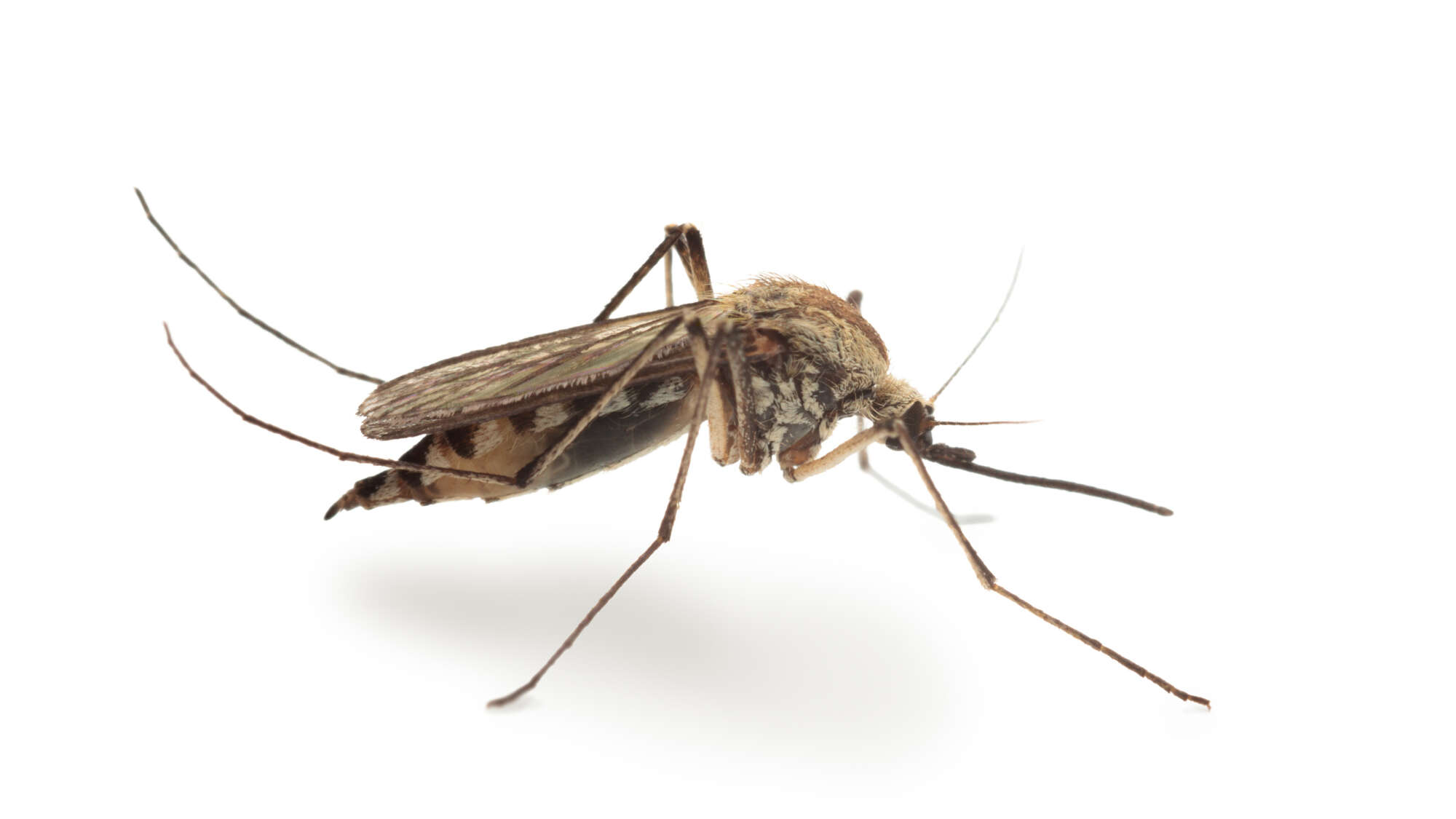Raised in a family that cultivated a spirit of adventure, Narda Lebo’s life is brimming with adventure, exploration, and a profound appreciation for the interconnectedness of our world.
“I was raised to be adventurous,” Narda reminisces, recounting her childhood surrounded by vintage biplanes restored by her father and guided by her mother’s teachings on how to be a world traveler.
Throughout her career, Narda has journeyed through diverse disciplines, collaborating with doctors, scientists, archaeologists, and architects to create narratives that would bind together seemingly disparate fields of study.
The story of Peter DeChant, a veteran in the mosquito and vector control profession whose journey spans over four decades, is one of dedication, innovation, and relentless commitment to combating mosquito-borne diseases.
Peter’s journey began in 1978 when he became a field technician with Multnomah County Vector Control in Portland, Oregon. Little did he know then that this would mark the start of a lifelong crusade against one of the deadliest creatures on the planet.
By 1983, Peter’s skills and passion for his work led him to the role of Chief Sanitarian, where he led the program for 14 years. It was during this time that he honed his expertise and laid the foundation for his future endeavors.
It would be extremely difficult to calculate, with any high degree of accuracy, the global economic impact of insecticide resistance. For starters, we must consider that insect management plays a pivotal role in a variety of sectors – agriculture, home and garden, forestry, structural applications, and vector control. Analysis of the totality of economic impacts arising from resistance in any one of these sectors quickly becomes a complicated interplay of variables that interact within that given system.
To account for the full economic impact, one must layer in the amount being spent on insect management and how much of that investment is lost to resistance, but also the economic impact of losses to the overarching objectives of a given program.
To calculate the impact, you must first calculate what is at risk.
Check out this video by MalariaGen focusing on how natural selection drives insecticide resistance relating to malaria.
